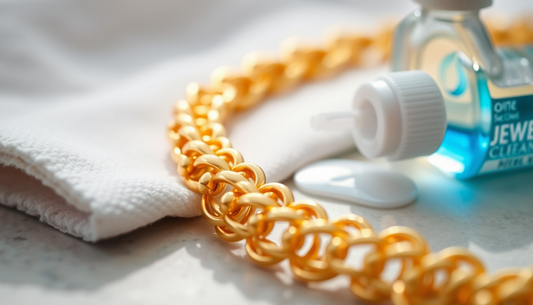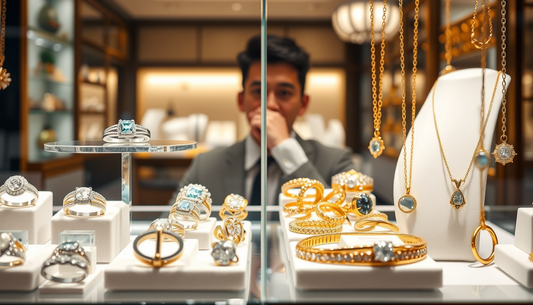
What is more expensive, a diamond or an emerald?
Share
Have you ever wondered which mineral is more valuable and exclusive? Diamond or emerald? In the world of jewelry, these two precious stones are considered the most coveted and desired. But which one is actually more expensive?
At Neogold, our Colombian jewelry store of exclusive pieces for men and women, we have explored this question in depth. Our gem experts have exhaustively analyzed the factors that determine the value of these two natural treasures. We invite you to discover the secrets hidden behind diamonds and emeralds, and to understand why one of them can be considered more valuable than the other.
The beauty and rarity of diamonds
Diamonds are undoubtedly the most well-known and appreciated gemstones in the world. Their brilliance and hardness make them coveted jewels by everyone. But what really makes a diamond so valuable?
The answer lies in their rarity. Diamonds are formed from carbon, under extreme temperature and pressure conditions, hundreds of kilometres below the Earth's surface. This creation process is so complex and unique that diamonds are considered true works of art by nature.
Furthermore, the quality of a diamond is measured through four main characteristics: color, clarity, cut and carat. The more perfect a diamond is in these aspects, the more valuable it is. Higher quality diamonds, with pure white colors and no visible imperfections, can fetch astronomical prices.
The charm and uniqueness of emeralds
On the other hand, emeralds are also precious stones of great beauty and value. These green gems, with their vibrant hues and captivating brilliance, have been appreciated since ancient times for their exquisite elegance.
Like diamonds, emeralds are formed under very specific geological conditions. They originate deep within the Earth, where minerals melt and crystallize to create these unique gems.
But what really makes emeralds so valuable is their rarity. Unlike diamonds, which are found in various places around the world, the highest quality emeralds come primarily from a few regions, such as Colombia, Zambia and Pakistan. This geographical exclusivity makes them highly sought-after gemstones.
Emeralds are also characterized by their intense green color, which can vary from soft tones to deep, vibrant greens. The purer and more uniform the color of an emerald, the higher its market value.
Diamonds or emeralds? The battle of natural treasures
Now that you know the details that make diamonds and emeralds such valuable gemstones, it's time to answer the question: which one is more expensive?
The answer, surprisingly, is not that simple. Both diamonds and emeralds can fetch astronomical prices, depending on their quality and rarity.
In general, the highest quality diamonds, with pure white colors, perfect clarity and flawless cut, can cost millions of dollars. These "museum grade" diamonds are true crown jewels, coveted by collectors and lovers of the most exclusive jewelry.
However, the highest quality emeralds, with deep, uniform green colors and no visible inclusions, can also fetch incredible prices. Some Colombian emeralds of exceptional size and purity have sold for tens of millions of dollars.
So which is more expensive? The answer depends on the quality and rarity of each stone. A museum-grade diamond may be more valuable than a mid-quality emerald, but a top-quality emerald can surpass the price of a lower-quality diamond.
At Neogold, our passion for exclusive jewellery has led us to work with both precious stones. Our gem experts carefully select each diamond and each emerald, always seeking the highest quality and exclusivity. Our unique pieces, created with 3D technology, combine the beauty and value of these natural treasures.
If you are looking for a truly exceptional piece of jewellery, whether it is a diamond or an emerald, we invite you to visit Neogold. Our team of experts will be happy to advise you and help you find the perfect piece, whether for yourself or a loved one. Discover the true value of these treasures of nature.



